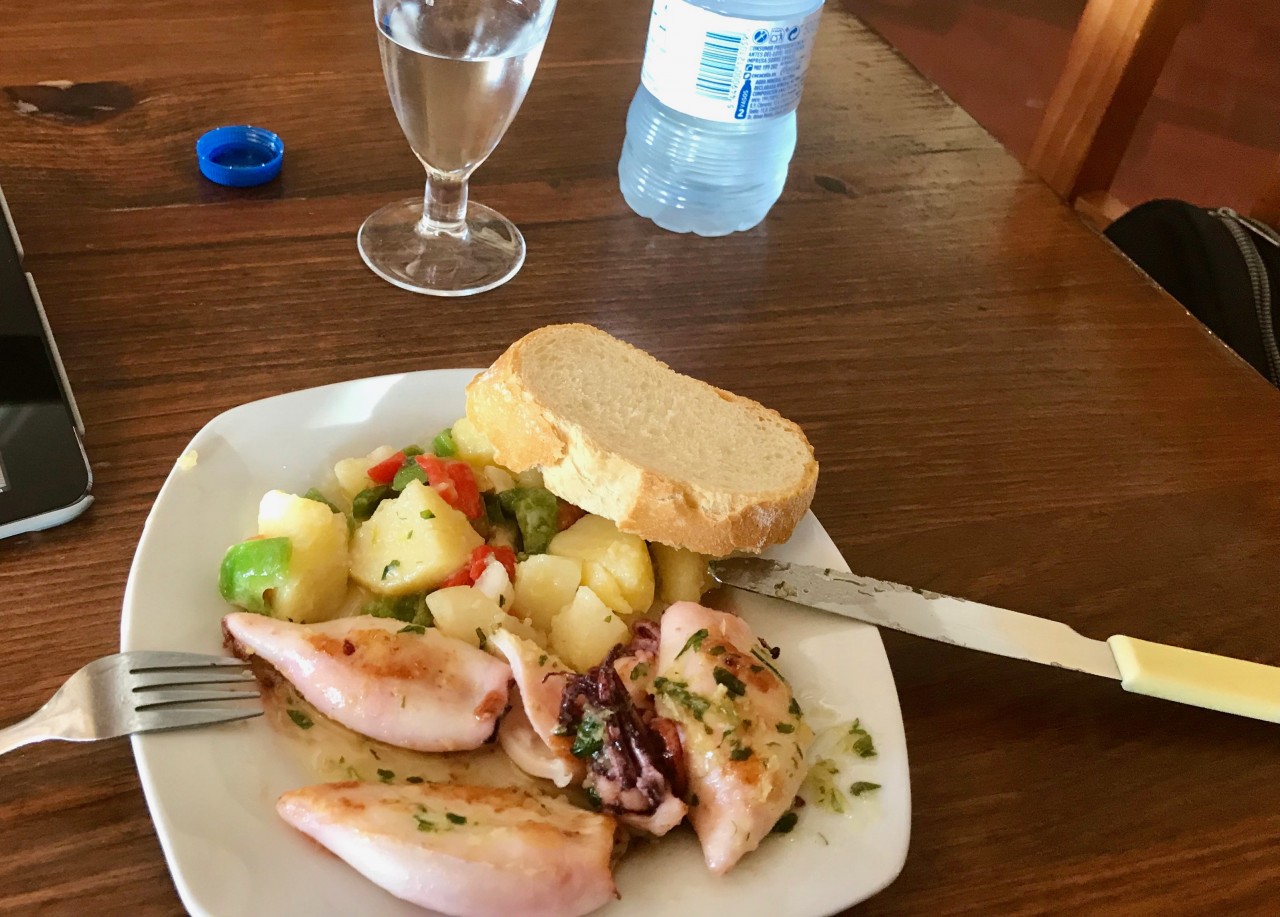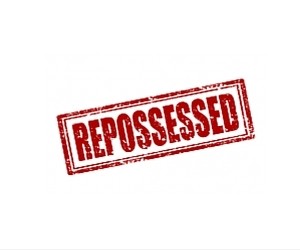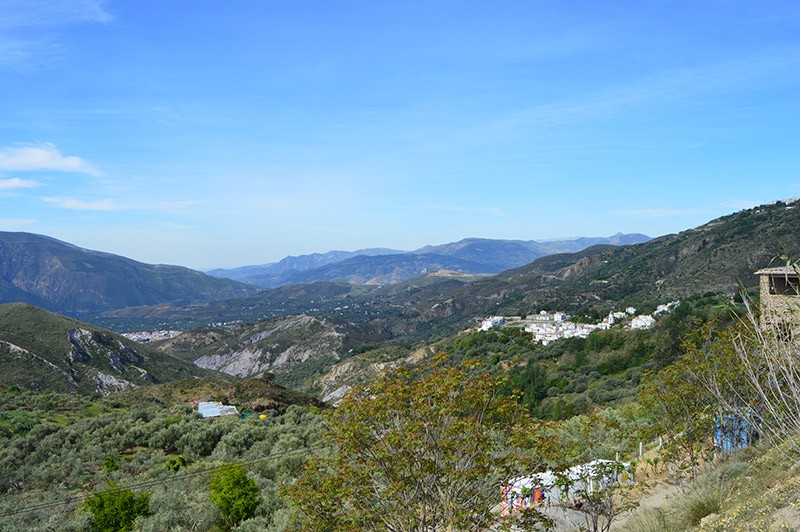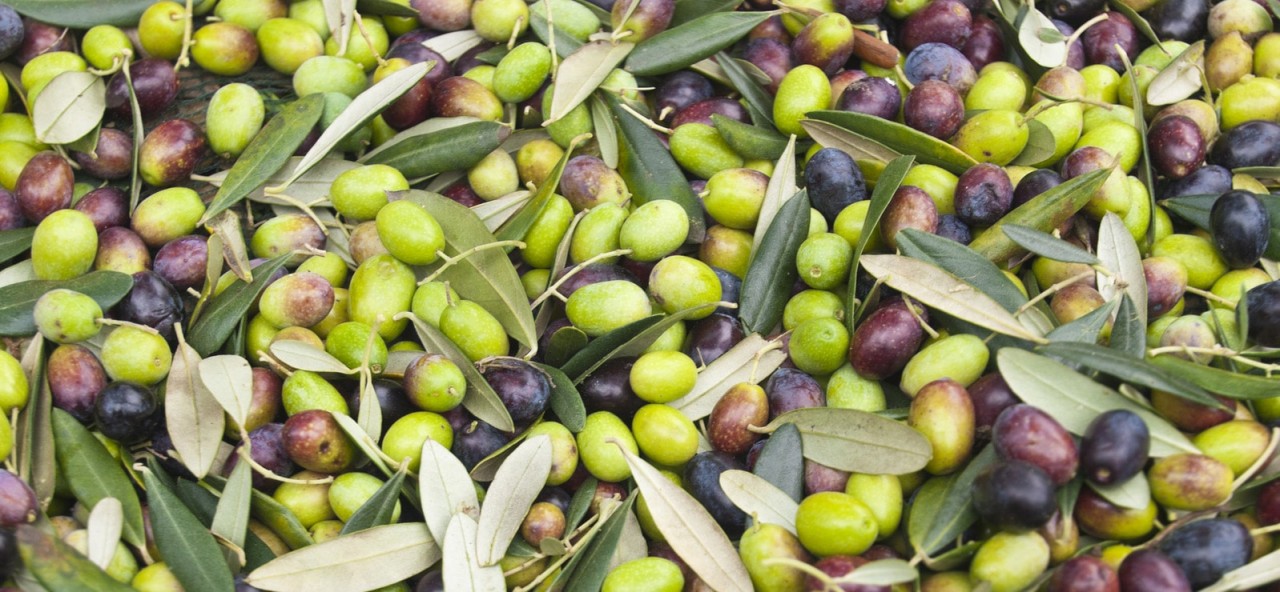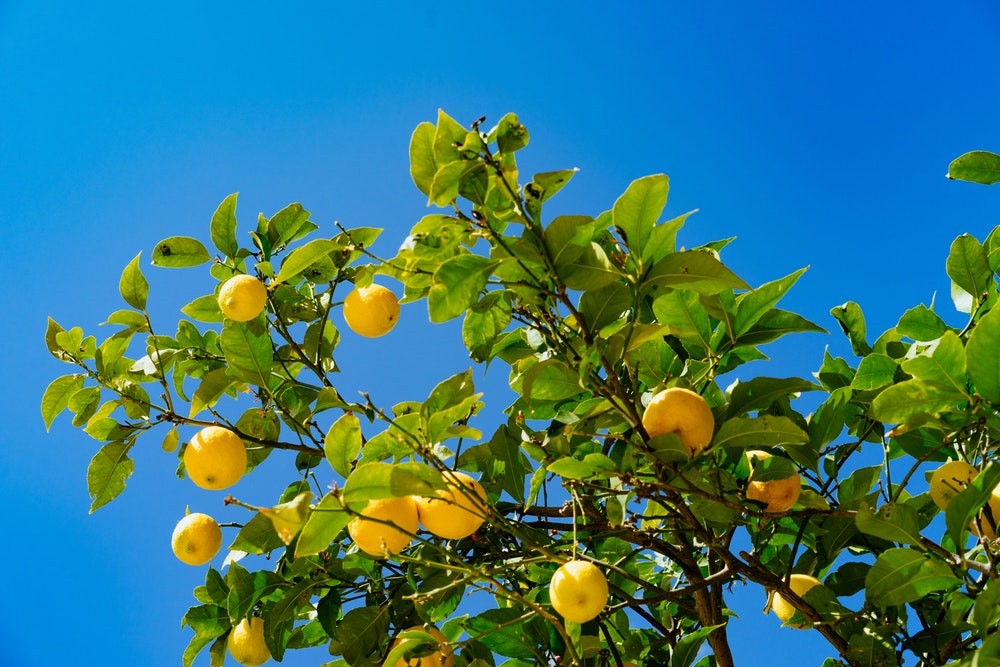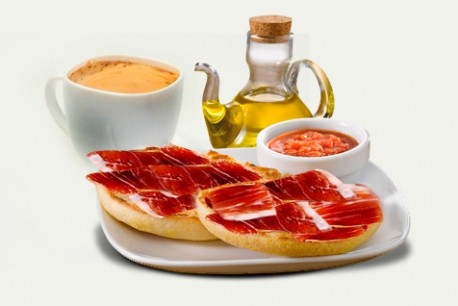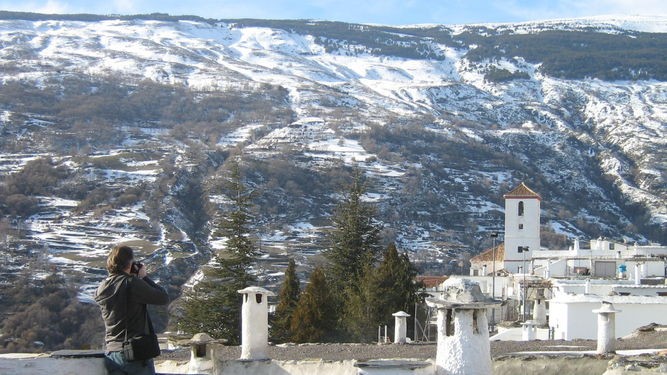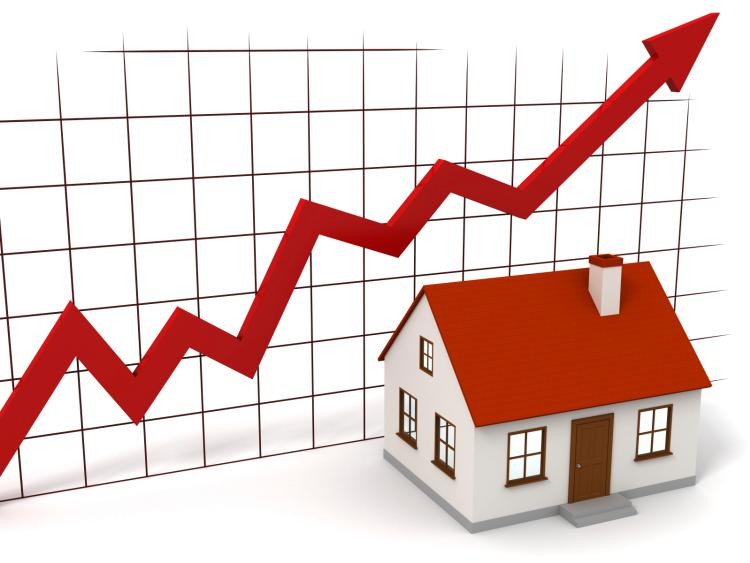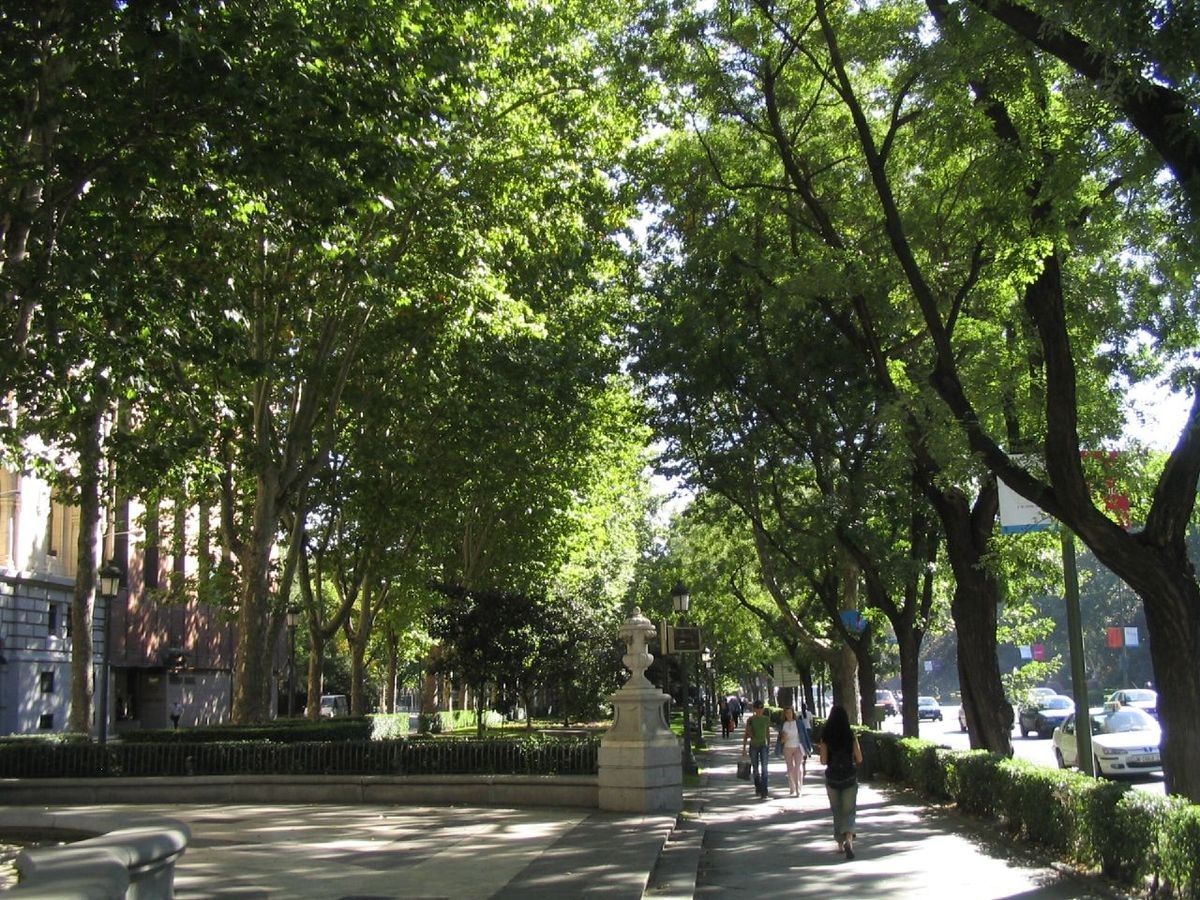One of the first things that might have struck you when you first visited Spain was how empty the restaurants were at 1pm, or 8pm, and how people seemed to think nothing of eating breakfast at 11am, or meeting for a drink past 10pm at night. I, for one, remember being laughed at for going for churros y chocolate at 4pm; churros are a classic breakfast/morning or teatime snack, whereas 4pm is the end of lunchtime for Spanish workers and school children, with another four or five hours to go before dinner.
But, as the graphic from El País shows, the Spanish day is very different to those in other countries. The further north you go, to Sweden or Germany for example, the earlier the day starts, perhaps to make the most of the light, perhaps because, unlike Spain, those countries have less need to adjust to extreme heat in the summer, which makes anything other than being in a cool, darkened room, impossible. However, though that might seem to be the reason for such a late-starting, late-finishing day, the real cause is Franco not Fahrenheit.
After World War II, most countries in Europe were forced to modernise what were now seen as long, rigid working hours, established in the Industrial Revolution, but Spain, under Franco, did not. And, with a scarcity of jobs, working men (and they were mostly men) were forced to take two jobs, one in the morning, one after 4pm. The family would wait for his return, past 8pm, to dine and that working and eating structure has stuck.
Such an elongated day needs changing, argues José María Fernández-Crehuet, the economist whose book La conciliación de la vida profesional, familiar y personal. España en el contexto europeo, examines Spain’s anomalous position in Europe. The first step would be to align Spain to its true geographical time zone, GMT+ 0, instead of GMT +1, where it currently sits. Spain’s clocks would then be synchronised with those of Portugal, the United Kingdom and the Canary Islands. Thanks to eating, and sleeping earlier, Spaniards would benefit from improved health, biorhythms and productivity.
Author: Louise Tucker


